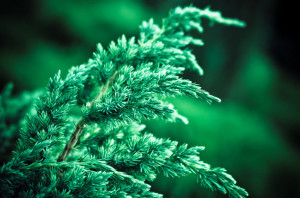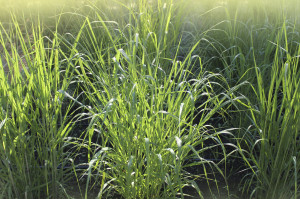What if the ornamental plants in your landscape needed a lot less water, but still looked green and healthy while producing lots of flowers? Drought resistant gardening, also known as xeriscaping, focuses on the selection of plants that can survive, and even thrive, with less water than many other popular ornamental plants commonly used in the landscape. For cost conscious and energy conservation minded gardeners, xeriscaping makes a lot of sense.
Plants that grow naturally in a particular region are more likely to survive the range of weather conditions that exist there. If you use native plants in your landscape, once they are established, they should need very little watering except in extreme drought conditions. After all, these are plants that have been growing locally for thousands of years.

There are many large tree, small tree and shrub species that can tolerate drought-like conditions. The large trees, several of them native, include honey locust, most oaks, red maples, black maples and mountain ash. Some of the popular non natives include gingko, lindens and zelkova. The native redbud and serviceberry are two of the most beautiful and best xeriscaping small flowering trees for the home garden.
Shrubs that do well in dry situations include grey dogwood, red osier dogwood, ninebark and fragrant sumac. These are all native species. Spirea, euonymus and forsythia are non natives that you can use in a drought tolerant garden.

Using a garden theme is one good way to approach xeriscaping. Model your plant selection after those found in a natural prairie, meadow or oak savannah. Rock gardens and butterfly gardens can also be designed as drought tolerant landscapes. Providing food sources for butterflies is also good for the environment. A local landscape professional may be the best source of information if you decide to go this route.
It is important to remember that no garden is maintenance free. Your drought tolerant landscape plants will need regular watering until they become established. Over time, cut back on watering, but keep an eye out for signs of stress. After a couple of years, your xeriscape plants will likely be able to go two weeks or so without water. Natural rainfall will usually take care of their needs unless there is prolonged drought. You can sit back and enjoy lower water bills along with the beauty of your drought tolerant landscape.

Need inspiration?
When you start to think about designing the perfect yard, deck, patio or backyard oasis, it can be helpful to have some solid ideas of what you want to achieve. We can help with that.
